Eastern White Pine Wood
- September 7, 2023
- 0 comment
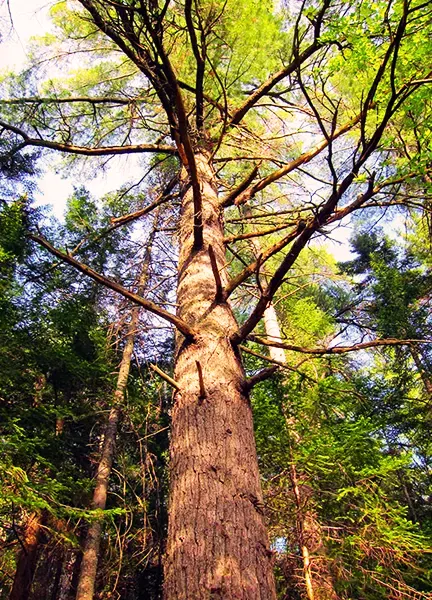
Eastern White Pine is native to eastern North America and stands tall as a testament to its adaptability and utility. This majestic tree, which can soar to heights of 50-80 feet or even more, boasts wood that ranges from pale yellow to a soft reddish tint. With a straight-grain pattern, it’s a classic choice for various applications.
Texture
Known for its fine and uniform texture, the Eastern White Pine offers a consistency that many woodworkers and artisans appreciate. Its even grain ensures ease of work, making it a popular choice across various woodworking projects.

Bark
Youth brings a smooth, grayish surface to the bark of Eastern White Pine. However, as the tree matures, the bark deepens in color, becoming intricately furrowed and scaly — a testament to its resilience and age.
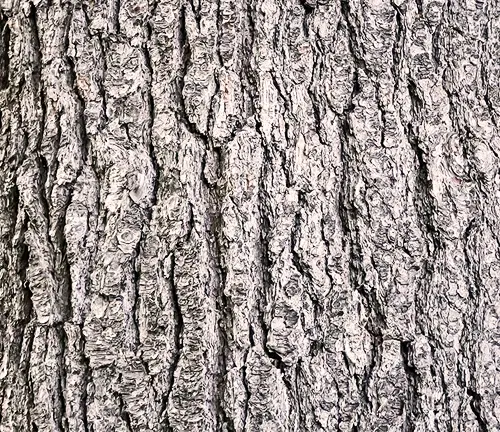
Furniture
The world of furniture holds a special place for Eastern White Pine. Its adaptability to finishes combined with its innate workability positions it as a primary choice for interior furnishings like cabinets, chests, and other integral pieces.

Weapon
While it’s not the first choice for weaponry, Eastern White Pine, owing to its straight grain, has potential use in traditional applications, such as the crafting of bows or arrow shafts. Nonetheless, the wood industry offers other alternatives better suited for this purpose.
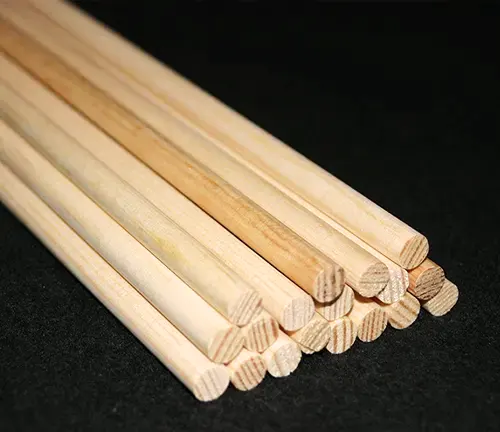
Firewood
As a softwood, Eastern White Pine burns with a moderate intensity. While it’s not the top pick for firewood due to its quicker burn rate, it can effectively complement hardwoods in a mixed firewood setting.

Construction
The construction domain, especially in the northeastern U.S., heavily leans on Eastern White Pine. Its light weight, coupled with durability, makes it a front runner for framing, paneling, and trim in buildings.
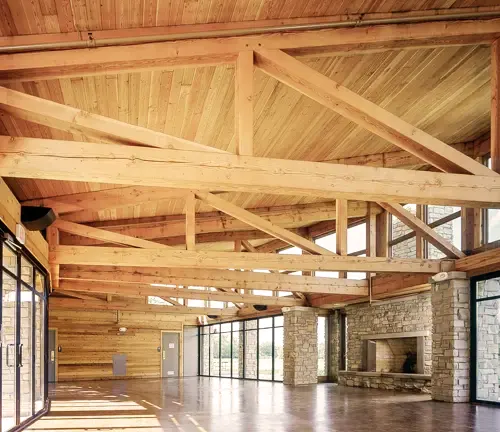
Plywood
With its grain consistency and fine texture, Eastern White Pine emerges as a fitting choice for plywood production, proving its versatility beyond solid wood applications.
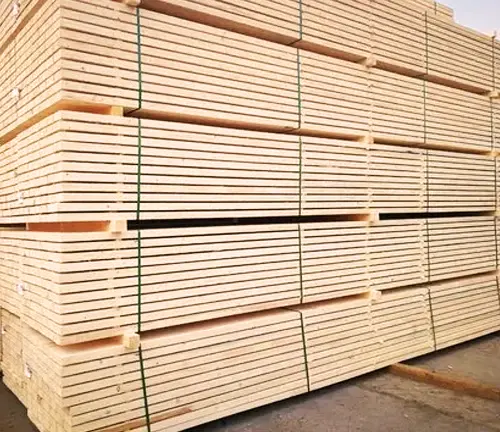
Board
For carpenters and builders, the Eastern White Pine board is an essential tool. Found in numerous lumber yards, it’s a staple for various construction tasks and projects.
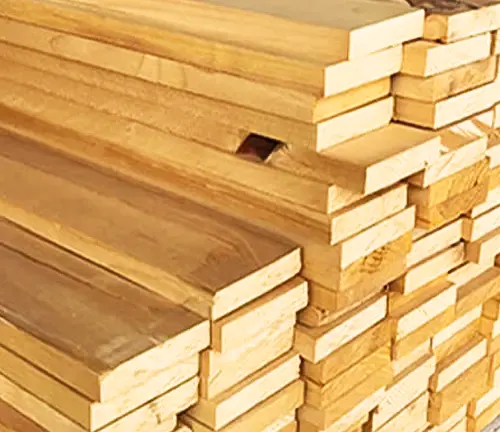
Railroad Cross Ties
Although hardwoods generally dominate the railroad tie industry, there are scenarios where Eastern White Pine might make an appearance, particularly in regions where hardwoods are scarce.
Pallet
In the realm of pallet production, Eastern White Pine makes its presence felt. However, other woods like oak or southern yellow pine, which offer enhanced durability, are typically chosen over it.

Fencing
Fencing made of Eastern White Pine is not uncommon, particularly when it undergoes treatments to bolster its resistance against the elements, ensuring longevity and sustained aesthetic appeal.
Wood Decking
Eastern White Pine, although softer in nature, finds its way into decking projects. However, to ensure it stands the test of time, treatments are crucial to protect against wear and tear.
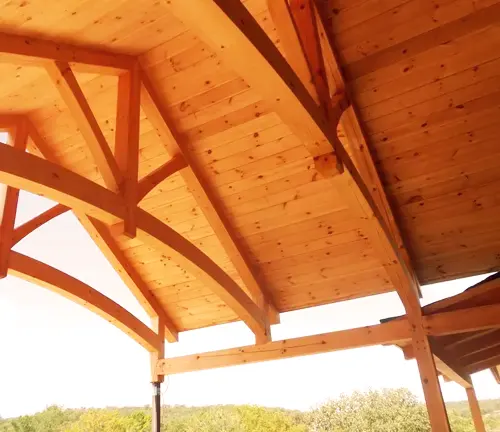
Live Edge Siding
For those seeking a rustic home facade, live-edge siding made of Eastern White Pine offers an ideal solution. Its straight grain provides a distinct, natural aesthetic that homeowners treasure.
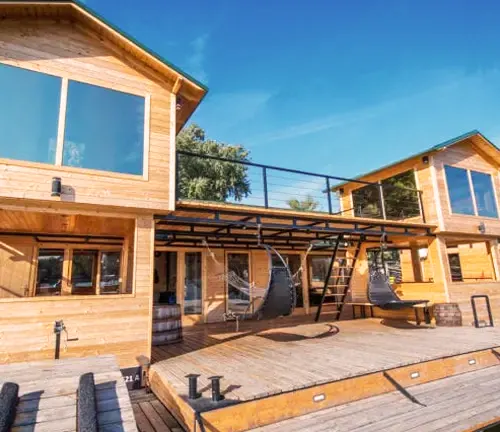
Beams
The architectural charm of exposed beams is often entrusted to Eastern White Pine. Available in long lengths and characterized by its straight grain, it adds both structural integrity and aesthetic value to spaces.
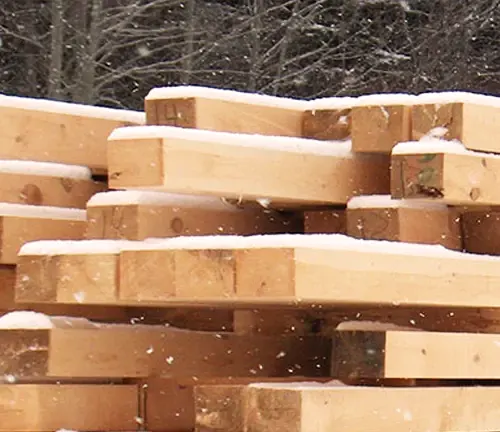
Frequently Asked Questions
- Why is Eastern White Pine considered a “soft” wood, and how does this impact its use?
Even though it’s labeled as a softwood, this categorization is based on botanical classification rather than hardness. Eastern White Pine is softer than hardwoods, making it easier to work with, but this can also make it more prone to dents and scratches. - How does Eastern White Pine respond to finishes and paints?
Eastern White Pine accepts finishes beautifully. Its fine texture and even grain mean it takes well to staining, painting, and varnishing, providing versatility for designers and homeowners. - Why is Eastern White Pine often used in historical restorations?
Its widespread use in early American architecture makes it a preferred choice for historical restorations, ensuring authenticity in both look and material. - Is Eastern White Pine suitable for outdoor projects?
While it can be used outdoors, it should be appropriately treated to resist decay and insects, as its natural resistance is not as strong as some other wood species. - How does Eastern White Pine contribute to a sustainable environment?
Eastern White Pine forests are prolific in the northeastern U.S., and the tree grows relatively quickly. Properly managed, these forests can provide a sustainable source of timber without significant environmental impact. - How does the price of Eastern White Pine compare to other woods?
Generally, Eastern White Pine tends to be more affordable than many hardwoods, making it a cost-effective choice for various projects. - Why is there sometimes a blue stain in Eastern White Pine lumber?
This “blue stain” or “bluestain” is caused by fungi that can grow if the wood isn’t dried quickly after being cut. While it doesn’t affect the structural integrity of the wood, it can alter its appearance. - What are some traditional uses of Eastern White Pine by Native American tribes?
Native American tribes utilized Eastern White Pine in various ways, including for medicinal purposes. The inner bark, for instance, was used to treat various ailments. - Is Eastern White Pine good for carving?
Yes, its fine grain and consistent texture make it a popular choice among carvers, especially for beginners, as it’s easy to shape and detail. - How does Eastern White Pine fare against pests like termites?
Eastern White Pine isn’t as resistant to pests as some other woods, so it’s essential to use preventative treatments if the wood is used in areas prone to termites or other wood-boring insects.
As we delve deeper into the world of wood, Eastern White Pine emerges as a testament to nature’s brilliance. From its pale yellow hues reflecting the early dawn to its resilience tested by time, this wood captures the essence of timeless beauty and adaptability. Its legacy, deeply rooted in history, and its contributions, spanning from humble homes to grand architectural marvels, serve as a reminder of its enduring importance. Whether you’re crafting, constructing, or simply admiring, Eastern White Pine stands as a symbol of nature’s generous gift to craftsmanship and design. As we move forward, let’s cherish and protect this invaluable resource, ensuring its stories, uses, and beauty continue for generations to come.


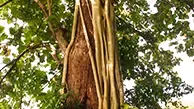



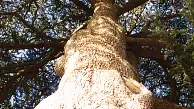
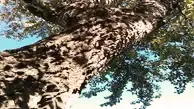



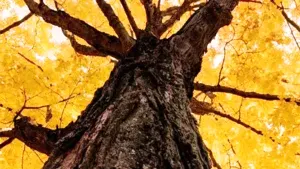
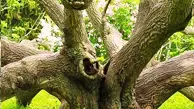
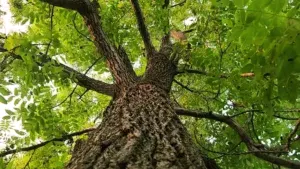
Leave your comment